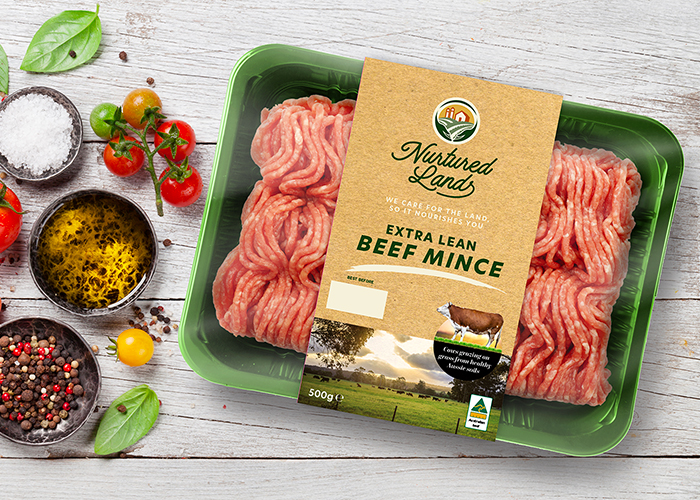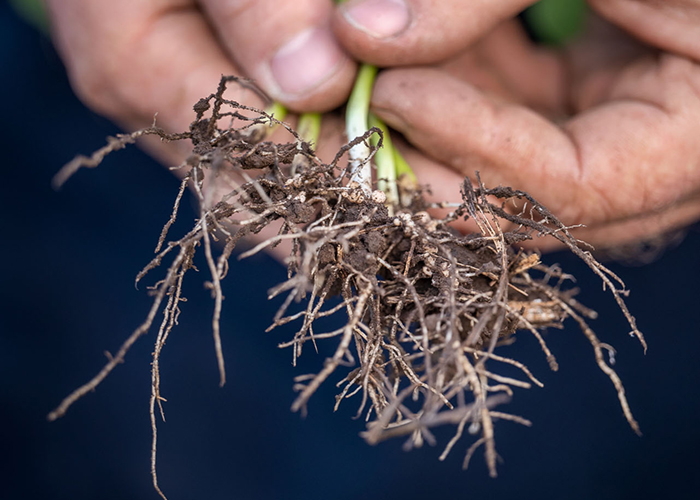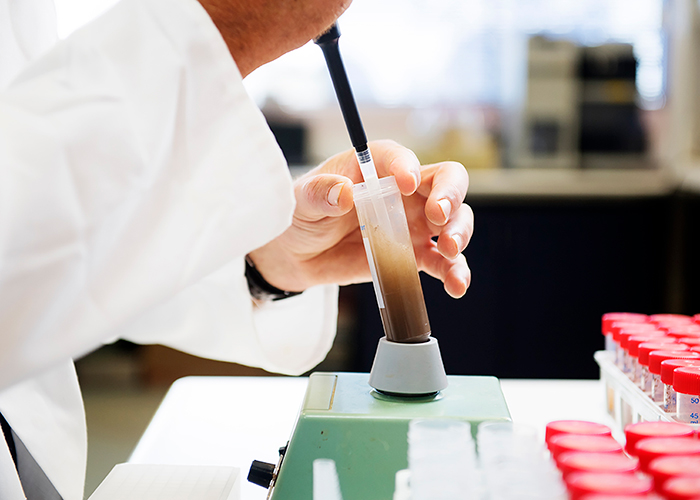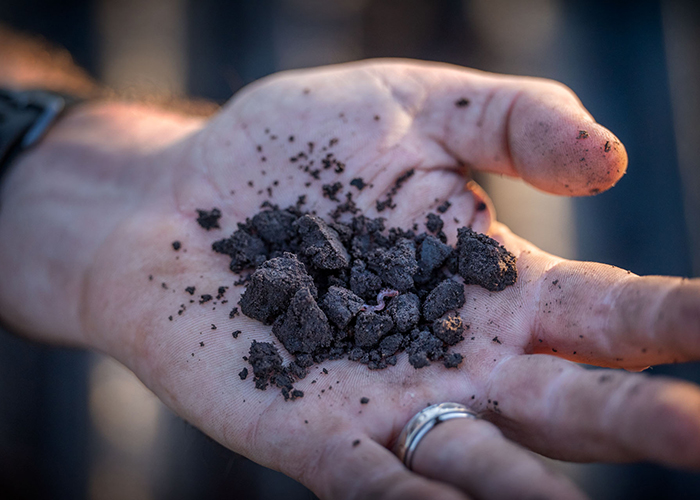We need to have data from trusted authoritative sources all the way from the farmer to the consumer


CASE STUDY: DIGGING UP DATA TO UNLOCK PRODUCTION POTENTIAL.
Large amounts of previously hidden soil data in the public and private sector are being unearthed, collated and made available to improve agricultural productivity across Australia and New Zealand, thanks to ‘Visualising Australasia’s Soils’ (VAS) — a foundation project of the Soil CRC.
More than thirty people from 19 Soil CRC participant organisations have joined forces to work on VAS. It will provide Australasian farmers, agronomists, agricultural researchers and agribusinesses with relevant place-based soil information on demand.
Project leader, Associate Professor Peter Dahlhaus, says improving soil data availability will encourage new research ideas, collaborations and investment, both locally and globally. This, in turn, will help farmers with better ways to manage and improve their soil.
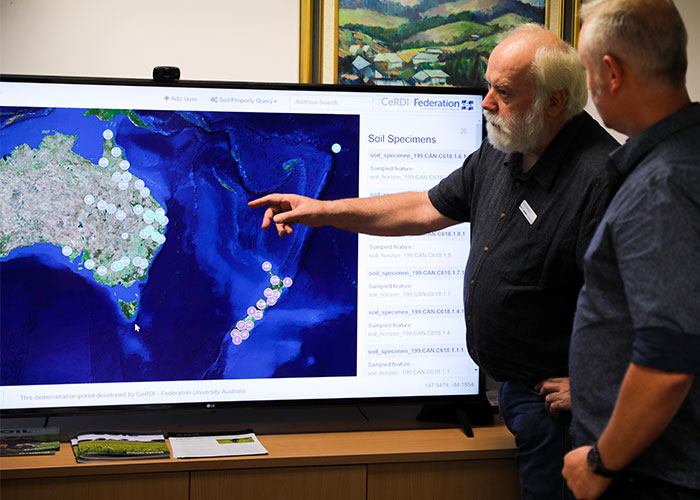

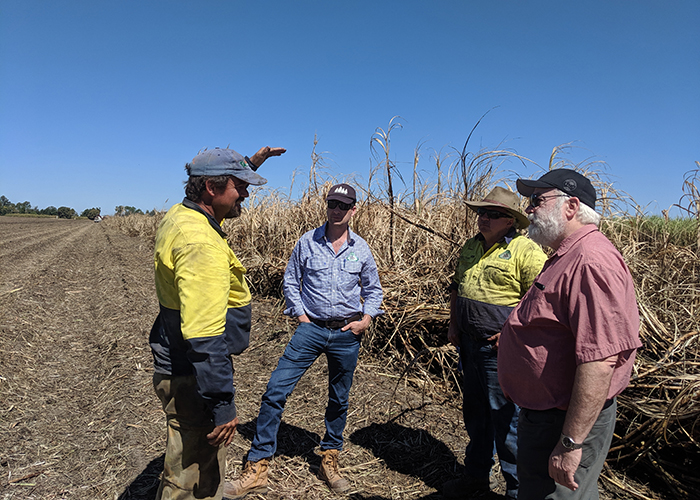

Already VAS has produced an internet portal to enable users to load data sets, practice sharing and exchanging information, as well as test access rules that aim to protect ownership and confidentiality.
The second phase of the project will focus on providing tangible benefits to project participants.
“Soil CRC grower groups are financially supported to get together a sample dataset to put into the system, then experiment with the portal and provide feedback. What we’d like to do in the second phase is show people what they can do with the data, and how to manage it,” says Dr Dahlhaus.
“Most people want to use data for benchmarking. To find out how they compare with everyone else, and to measure trends, for example, soil carbon stocks — what potential is there for me to sequester extra soil carbon, and will it be worth my while?”
Federating data is not just a technical challenge, he says, but a social one as well. At the start of the project, participants each had a three-hour discussion with the project team, including a social scientist, to find out what would encourage them to share data.
The VAS project participants include 17 grower groups and two catchment management authorities, representing regions from far north Queensland, through central NSW and Victoria, to northern Tasmania and southwest Western Australia, and includes the Riverine Plains group.
PROGRAM 1: INVESTING IN HIGH PERFORMANCE SOILS
Associate Professor Catherine Allan – Project Leader Charles Stuart University
Program 1 aims to assist farmers achieve their soil stewardship and profitability goals, through research in the disciplines of economics and social science.
The ultimate end user of the majority of Soil CRC research is the farmer or land manager. However, much of the research effort in Program 1 is directed at the ‘intermediate users’, who influence the management decisions and actions of farmers. Intermediate users involved in Program 1 include other Soil CRC researchers, advisors and staff from grower groups, and a range of agricultural value chain participants such as financial institutions and consumers.
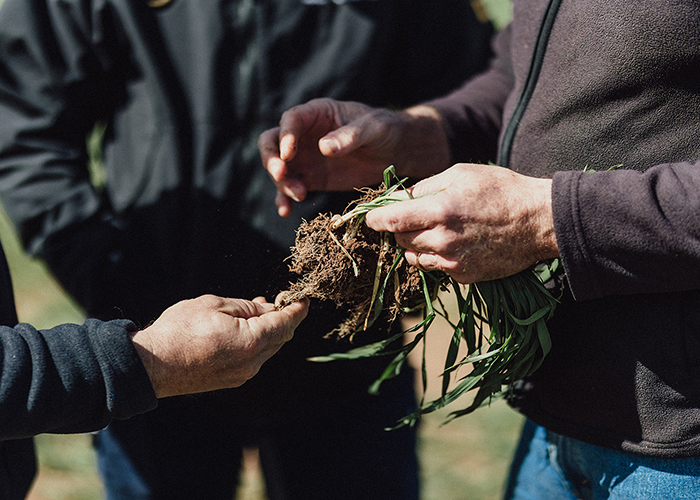

Program 1 researchers work in two primary areas of influence — assisting on-farm and regional adoption of novel and improved farm practice and incentives, and rewarding soil stewardship.
There are also five PhD students in Program 1.
Projects in Program 1 are highly collaborative in their design and implementation. Because the intended users of the research are active in the projects, the findings and results are immediately accessible to them.
PROGRAM 2: SOIL PERFORMANCE METRICS
Associate Professor Richard Doyle – Project Leader University of Tasmania
Program 2 is developing tools that enhance and simplify how farmers measure and monitor their in-field soil performance.
Researchers are developing a range of in-field sensors to aid soil assessment, improve data accessibility and empower decision-making. This research involves challenging existing chemical, physical and biological assessment methods, as well as developing novel techniques including those made available through 3D printing and smartphone capabilities.
Our vision is to help land managers more readily and efficiently determine and monitor their soil health and function. This will enable them to make more informed and targeted soil management decisions.
PhD students are associated with many of the projects in Program 2. Their contribution helps advance the more complex aspects of our research projects.
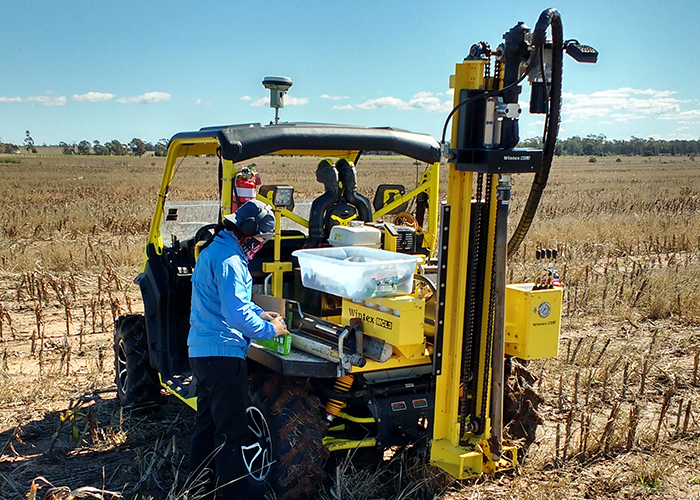

The research teams are working across Australia with grower groups such as Southern Farming Systems in Tasmania, Burdekin Productivity Services, and Herbert Cane Productivity Services in Queensland. The grower groups work within our teams to ensure the purpose, function, design and information output of the technologies serve farmers’ needs.
PROGRAM 3: NEW PRODUCTS FOR SOIL FERTILITY AND FUNCTION
Professor Nanthi Bolan – Project Leader University of Newcastle
Program 3 aims to develop new fertilisers, soil amendments and delivery mechanisms for farmers, to enhance the performance of their soils.
The program delivers this by developing fertiliser products, pesticide delivery systems, soil amendments, and microbial carrier products. Program 3 research involves developing novel fertiliser products, controlled release pesticide delivery systems, alternative microbial and moisture carriers, and novel amendments to ameliorate subsoil acidity and sodicity and improve sandy soils.
Collaboration is high, including engagement with seven grower groups, eight research providers, three industry partners and 13 PhD students.
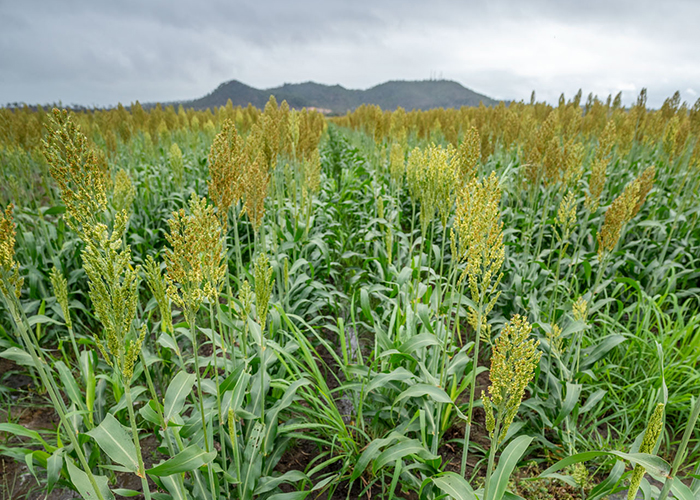

Researchers are seeing results in the development of new fertiliser products derived from waste streams. They have successfully synthesised carbon-based fertiliser products and phosphate compounds, and synthesised micro-lime and micro-gypsum products. These products will improve subsoil constraints which have been difficult to address and will improve crop productivity.
In the area of pesticide delivery systems, researchers have successfully encapsulated pesticides using clay matrix. This is likely to leave little pesticide residue in the soil, and controls pesticide delivery to improve efficiency. Using fewer pesticides is more economical for farmers and can increase soil functions such as microbial activity.
In the area of microbial carrier products, researchers have successfully synthesised and evaluated new products that can substitute for peat and take nitrogen-fixing rhizobia to the soil. This allows them to effectively inoculate plant roots, especially under arid conditions.
PROGRAM 4: INTEGRATED SOIL MANAGEMENT SOLUTIONS
Dr Lukas Van Zwieten – Project Leader NSW Department of Primary Industries
Program 4 aims to achieve cost-effective and sustainable solutions to develop more productive and resilient soil, which will underpin a dynamic, sustainable and profitable Australian agricultural sector.
Projects within Program 4 have involved collaboration between 13 grower groups, eight universities, three government research partners, and one international research provider. Program 4 is delivering data and results from over 15 grower group field trials around Australia. It includes seven PhD student projects.
Projects are identifying plant-based and biological solutions to develop high-performing, more resilient soils. Researchers are using practices such as cover cropping, mixed-species cropping and intercropping as a biological way to change the root zone. Research found mixed-species cover crops successfully suppressed weeds in sugarcane systems, and including multiple species mitigated the risk of failure of any given species in a particular season.
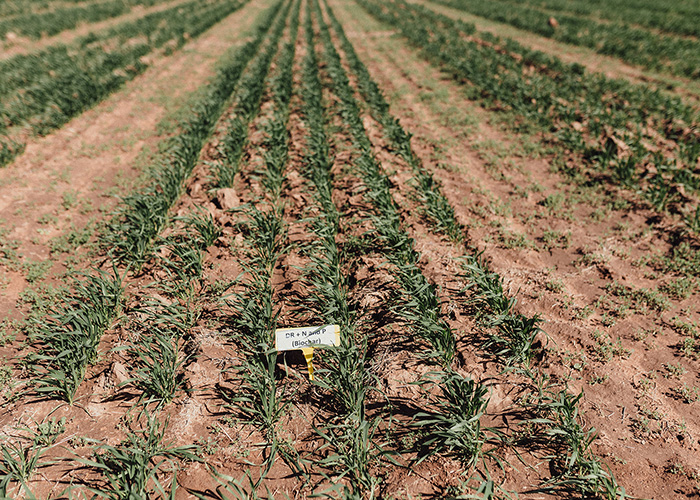

Innovations in changing microbial populations and functions in the root zone are the focus of PhD research. The intention is to address soil constraints and impaired microbial functions, and better understand chemical signalling between plants and soil microbes.
Results from the assessment of regenerative farming systems are currently being analysed. The data suggests increases in the biologically active
fraction of the soil organic carbon pool are associated with regenerative farming practices. Soil organic matter is a key driver of microbial functional resilience.



